Tag: ARDS
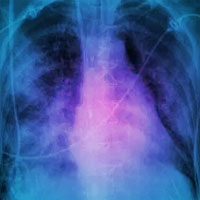
TPTD Techniques in the Hemodynamically Unstable Patient
Transpulmonary thermodilution (TPTD) devices invasively measure not only cardiac output but also several other hemodynamic variables estimating cardiac preload, cardiac preload, systolic function, the lung oedema and systolic... read more
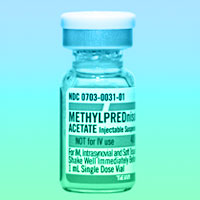
The negative effect of initial high-dose methylprednisolone and tapering regimen for ARDS
The efficacy of corticosteroid use in acute respiratory distress syndrome (ARDS) remains controversial. Generally, short-term high-dose corticosteroid therapy is considered to be ineffective in ARDS. On the other hand, low-dose,... read more

Time-Course of Clinical Physiologic Variables in ARDS Patients Undergoing ECMO
In patients undergoing extracorporeal membrane oxygenation (ECMO) for acute respiratory distress syndrome (ARDS), it is unknown which clinical physiologic variables should be monitored to follow the evolution of lung injury... read more
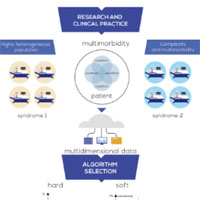
Clustering Algorithms Usage in Critical Care Research Unravel Patient Heterogeneity
Critically ill patients constitute the most heterogeneous population in the hospital, with the highest rates of acute and chronic multi-morbidity. Daily, two critically ill patients are admitted to the ICU with the same... read more

Systemic Early Neuromuscular Blockade in ARDS – The ROSE Trial
The early use of neuromuscular blocking agents in the setting of moderate-to-severe acute respiratory distress syndrome (ARDS) was previously understood to confer a survival advantage at 90 days, based on the outcomes of... read more
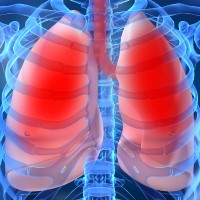
ARDS Survivors Often Leave ICU with Prolonged PICS
Patients who survive acute respiratory distress syndrome (ARDS) often leave ICU with debilitating mental, physical, or cognitive problems that may limit their quality of life. These challenges are called post-intensive care... read more
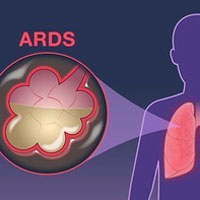
Early Neuromuscular Blockade in the ARDS
Among patients with moderate-to-severe ARDS who were treated with a strategy involving a high PEEP, there was no significant difference in mortality at 90 days between patients who received an early and continuous cisatracurium... read more

Phenotyping: Need to Identify Subgroups of ARDS Patients
The consensus definitions of acute respiratory distress syndrome (ARDS) mainly rely on feasible clinical criteria, which help to group patients together for inclusion in clinical trials and for clinical management. This generates... read more
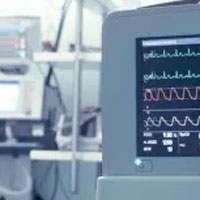
Driving Pressure in Airway Pressure Release Ventilation: a fool’s errand?
In this post I will briefly explain and critique their mathematical approach, propose a simpler equation for estimating PEEPi in APRV [based on far fewer physiological assumptions] and finally reaffirm why, in my opinion,... read more

Noninvasive Ventilation Through the Helmet Can Be Used For Early Mild and Moderate ARDS
Debating data have been published as regards the beneficial or deleterious effect of spontaneous breathing (SB) in comparison to controlled mechanical ventilation (CMV) during acute respiratory failure. Spontaneous breathing... read more
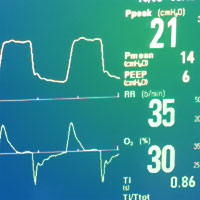
Effect of a Low vs Intermediate Tidal Volume Strategy on Ventilator-Free Days in ICU Patients Without ARDS
In patients in the Intensive Care Unit (ICU) without acute respiratory distress syndrome (ARDS) who were expected not to be extubated within 24 hours of randomization, a low tidal volume strategy did not result in a greater... read more
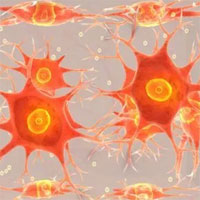
Neuromuscular Blockade for ARDS Was No Help, In Supine Patients
Continuous neuromuscular blockade for severe ARDS became common practice after the ACURASYS trial showed it reduced mortality by an absolute 9%. A larger trial, ROSE, now finds no benefit of the therapy over usual care, but... read more

Optimizing Respiratory Management in Resource-limited Settings
This review focuses on the emerging body of literature regarding the management of acute respiratory failure (ARF) in low- and middle-income countries (LMICs). The aim is to abstract management principles that are of relevance... read more
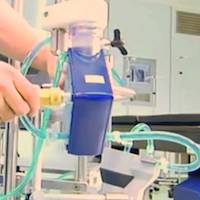
Sedation Practice in ECMO-Treated Patients with ARDS
Our objective was to characterize sedation management in adult patients with severe respiratory distress syndrome (ARDS) treated with venovenous extracorporeal membrane oxygenation (VV-ECMO). We conducted a retrospective... read more




